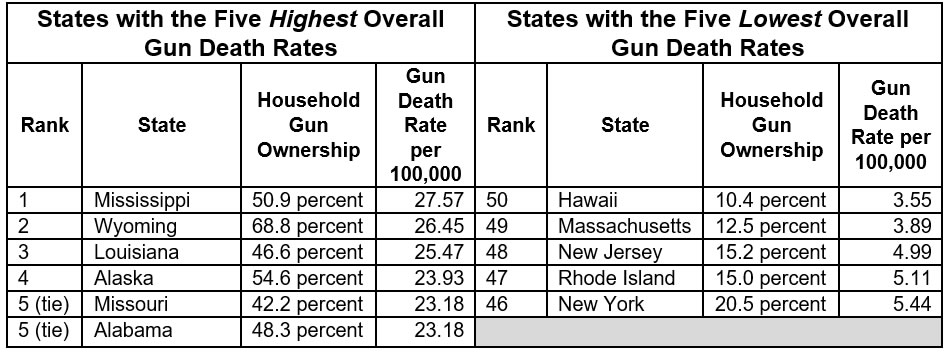Why do sports fans stay faithful to a team that has cheated, been mismanaged, and insensitive to fans? Why do church members remain faithful to an established denomination that has been mysogynistic, discriminatory, and insensitive to followers? Why do voters remain faithful to a politician, recognized as fraudulent, contemptuous, heedless of the rule of law?
Are these followers loyal, resolute, or just plain stubborn? The attitude of consistent and unwavering loyalty can be defended if it reflects a commitment to a church or nation, and yet unwavering support can also be interpreted as stubbornness. How do you define it?
1. Refusal to Change: A stubborn person often refuses to change their opinion, even when presented with facts or new information. They tend to cling to their beliefs, regardless of how much evidence contradicts them.
2. Rigidity: A stubborn person can be very inflexible in their approach to things. They may insist on doing things a certain way, without considering any other options. They tend to be very resistant to change and may become angry or defensive when challenged.
3. Difficulty in Compromise: A stubborn person finds it hard to compromise with others, even if it’s necessary for the situation. They may feel like they are always right and that their way is the only way. This inflexibility can make it hard for them to work with others and create a cooperative environment.
4. Resistance to Authority: A stubborn person may be very resistant to authority. They may challenge or question rules and regulations and may struggle to follow them. They may feel like they know better than those in charge and may resist any attempts to control or direct them.
5. Defensive Behavior : A stubborn person can be very defensive when challenged. They may feel like they are being attacked and become angry or hostile. They may try to justify their behavior or beliefs, even if it’s obvious they are in the wrong. https://www.solhapp.com/blog/how-to-identify-a-stubborn-person
Ironically if you’re stubborn, none of these characteristics seem negative to you. Why do we find it difficult to “compromise” in politics and religion? Because we know we’re right and compromising means “giving in.” Why do some voters believe in “resistance to authority”? Because authority can not be trusted. Better to rely on yourself. What is wrong with “rigidity”? Isn’t it just another word for “courage of your convictions”?
That is why a stubborn person is invincible: no rational pleas or offering other loyalties can shake the stubborn person free of his or her convictions. It is an unassailable position because it’s very nature is to reject alternatives. It is like a self-fulfilling prophecy.
The hypothesis that so many remain loyal to Donald Trump, because of stubbornness makes logical sense, but it is impossible to test, because the stubborn person defends his or her rights by turning a flaw into a virtue. It is an alternate universe where everything that psychology and religion consider a characteristic flaw becomes an indisputable loyalty.
This is the only explanation I can come up with to explain why so many evangelical Christian believers cling to Donald Trump despite many confirmations that he is disloyal, vengeful, immoral, and fraudulent. As Trump diverges from Christian values, loyalties stretch further and further to accommodate him. The elasticity of these loyalties keeps the true believer connected to the true narcissist. There is no logic or scandal that can disconnect this loyalty.
One of the horrors of evangelical Christians used to be “moral relativism,” the idea that we are not wrong as long as others do the same thing. Evangelicals of my generation (boomer) were taught to hold their standards against the immoral standards of “the world.” Sex before marriage was a significant prohibition because it was widely accepted in the world. So we practiced moral absolutism. We stood our ground against moral relativism.
This belief has given way to “what-about-ism,” because Donald Trump cannot be defended unless you accuse his opponents of the same thing. Moral relativism is now widespread among radical evangelicals, because as long as they can claim Joe Biden is as corrupt as Donald Trump, they can justify Trump.
Donald Trump may be responsible for the slip from moral absolutism to moral relativism, and especially for evangelicals. He has become an acceptable standard for morality because his Christian followers have compromised their values to bring him into their sphere of approval. If you had predicted this move in the 1990’s Christians would be appalled. The rigidity of stubbornness has allowed our morals to stretch. How is that for ironic?
Or maybe Christians were moral relativists before Donald Trump emerged on the national scene. It was our compromising our values that made way for such an admired public figure. Is Donald Trump the chicken or the egg? Have some Christians allowed their morality to cave so that the way was clear for the Trump miracle of 2016?
That answer is beyond my pay grade, as are most answers. So I ponder what has perpetuated the adherence to Trump among a tight group of evangelicals. I can hardly see any cause but stubbornness. But one person’s “stubbornness” is another person’s “loyalty.”
And there goes the neighborhood of moral standards, as the “what-about’s?” move in.


 [
[